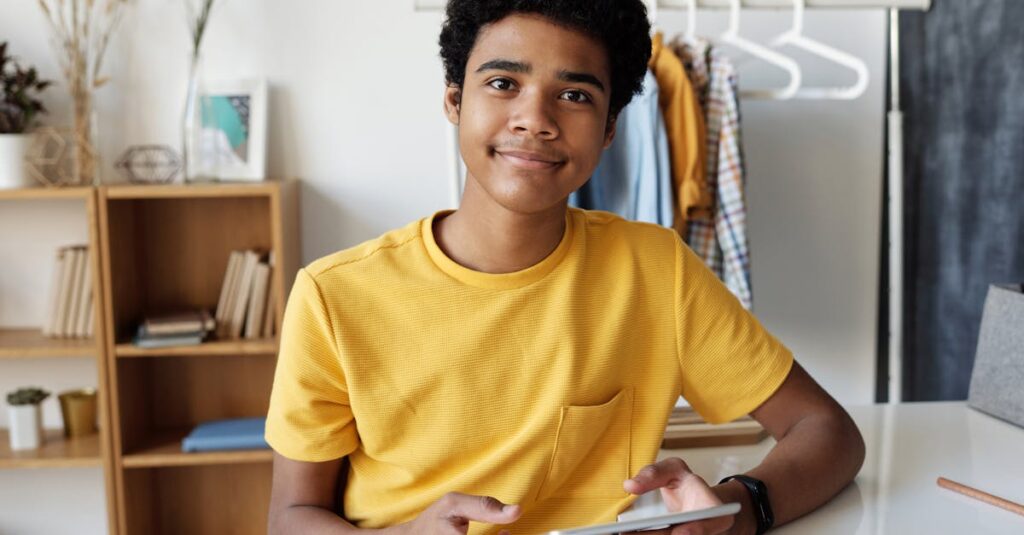Why Movement Matters for Learning
Studies have shown kids learn better when they wiggle, giggle, and move around. If your living room often transforms into a makeshift obstacle course, you’re not alone. Movement aids in cognitive development and emotional regulation. It’s not just about burning off energy; it’s about fueling brain development. Incorporating physical activity into learning isn’t just a good idea; it’s a game-changer for attention spans and information retention. Remember, a moving child is a learning child.
Image source: Pexels.com
Top Movement-Based Apps for Energetic Learners
Now, let’s dive into the digital world where movement meets educational apps. Imagine an app where solving math problems requires jumping jacks or learning new vocabulary means mastering a dance move. These are not futuristic fantasies; they’re available now and ready to transform your child’s screen time into an active learning fest. Apps like ‘GoNoodle’ and ‘Blazer Fresh’ are leading the charge, proving learning can be both kinetic and captivating.
These innovative apps combine education with physical activity, making learning a fun and engaging experience. By incorporating movement into the learning process, children are not only expanding their knowledge but also staying active and healthy. It’s a win-win situation for parents and kids alike.
Bridging Fun and Education: How Apps Get It Right
The magic of these movement-based apps lies in their ability to marry the physical and intellectual. Through interactive games and challenges, kids become agents of their own learning, engaging both body and mind. This holistic approach not only boosts memory retention but also instills a love for learning and movement alike. Developers understand the youthful craving for play, packaging lessons in layers of fun and excitement.
These apps are a perfect example of how technology can seamlessly integrate entertainment and education, creating a positive and enriching experience for young learners. By combining the appeal of games with educational content, these apps are able to hold children’s attention while imparting valuable knowledge and skills.
Parental Perspectives: Balancing Screen Time and Activity
As parents, finding the sweet spot between educational screen time and physical play can feel like navigating a minefield blindfolded. But, integrating movement-based apps into your child’s routine offers a promising pathway. These platforms provide structured yet playful ways for kids to interact with technology, ensuring time spent on devices contributes to their overall development. It’s about making screen time count, turning passive consumption into active participation.
From Screen to Green: Encouraging Outdoor Play
Finally, the true victory comes when we manage to take this digital engagement outdoors. Encouraging activities that combine technology with natural exploration—think geocaching with educational apps—can bridge the gap between the digital and natural worlds. By guiding our kids from screen to green, we nurture well-rounded, active learners eager to explore every corner of their world, both virtual and physical.
Image source: Pexels

